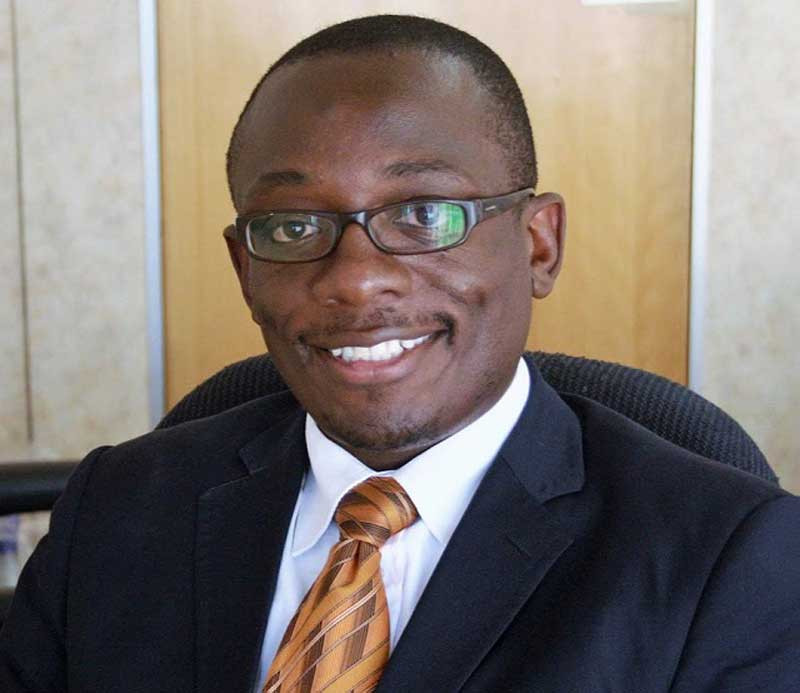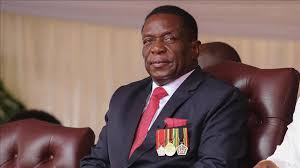
AN ESTIMATED 63% of rural pupils reportedly dropped out of school this year, with girls in the majority, according to a latest research by Amalgamated Rural Teachers Union of Zimbabwe (Artuz).
The findings are contained in an Artuz research document titled: Beyond geographies of inequality: Public Education Financing in Post-COVID-19 Zimbabwe.
“There are 63% of school dropouts in the rural areas and most of them are girls at secondary schools. The level of dropouts of girls which is continuously increasing is so disturbing. So when we look at this, it actually raises questions,” Artuz researcher Tamuka Chirimambowa said.
“There is a lack of reading skills with 85% of schoolchildren lacking reading skills, while 86% lack numerous skills compared to the urban schoolchildren where only 19% lack reading skills and only 14% lack numerous skills.
“There is rural-urban divide inequality. In terms of digital infrastructure, schools in the rural areas lag behind. They are technologically behind. Physically, they don’t even have infrastructure like labs and this actually raises more challenges for the students.”
A report by the Union of Education Norway in conjunction with the Zimbabwe Teachers Association a few months ago also revealed that there had been a 20% increase in school dropouts since 2020.
Another report by the United States embassy in 2021 said an estimated 840 000 schoolchildren quit school since 2020.
Chirimambowa added: “There is a shortage of school teachers. There is a shortfall of 20 000 teachers and this affects more rural schools because there are some teachers who wouldn’t want to go teach where there are poor services and poor infrastructure. Inappropriate teacher-pupil ratio is also worsening teachers’ incapacitation.”
- State weaponising law against civil society, CCC
- We’re under siege, says Chamisa
- Mnangagwa under fire over crackdown
- The Mugabe years are back
Keep Reading
The Artuz findings came after President Emmerson Mnangagwa promised free education as one of his 2018 election pledges.
Reacting to the Artuz report, Ministry of Primary and Secondary education spokesperson Taungana Ndoro said: “It's just an allegation; a sensational one too."
Primary and Secondary Education minister Evelyn Ndlovu refused to comment.
“I am busy writing documents here and also in a meeting, thank you very much,” Ndlovu said and hung up.
Recently, a global study ranked Zimbabwe’s education as one of the most expensive, leading to a rise in school dropouts.
According to a World Remit 2022 Cost of School report, the cost of education in Zimbabwe is six times higher than the total average income of an average family.










